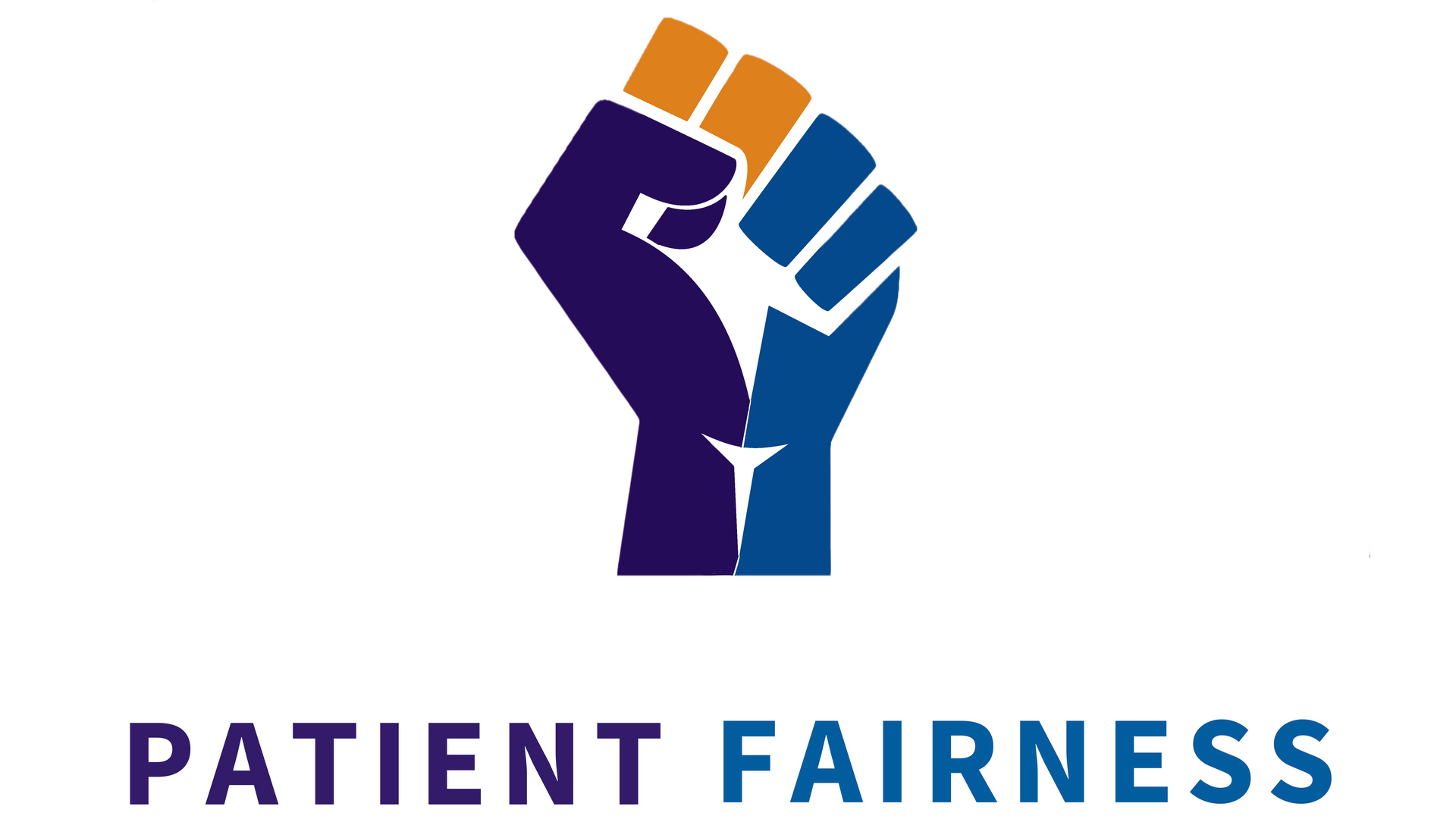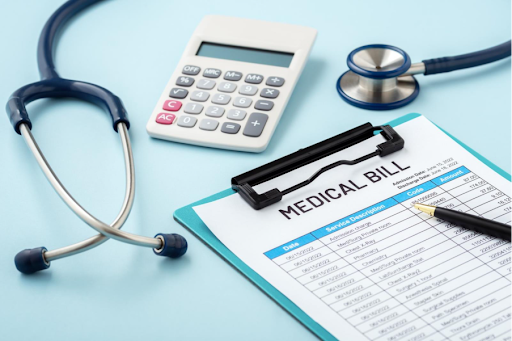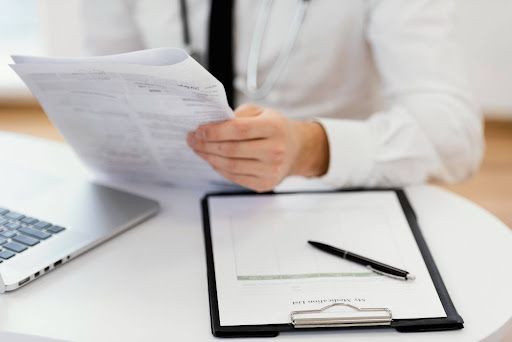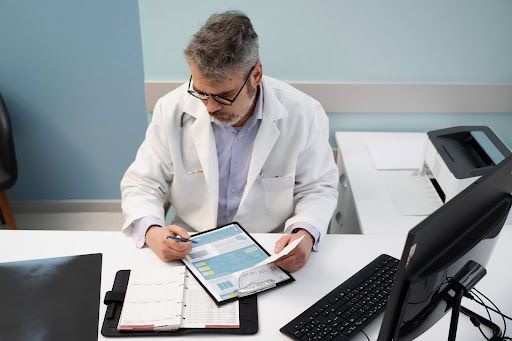Navigating Medical Debt in America: Legal Protections and How to Resolve Your Debt

Medical debt is one of the leading causes of financial stress in the United States. Even with insurance, patients often face large out-of-pocket costs, unexpected bills, and aggressive collection efforts. According to consumer finance data, millions of Americans carry some form of medical debt—impacting not only their wallets but also their credit, housing, and overall financial security.
If you’re struggling with medical bills, understanding your rights and available options can make the difference between long-term financial strain and a manageable resolution.
How Medical Debt Happens
Medical debt can arise for a variety of reasons:
- High deductibles and copayments that must be paid before insurance covers costs
- Services not covered under your insurance plan
- Out-of-network charges that exceed what your plan will pay
- Surprise bills from providers you didn’t choose or approve in advance
- Emergency care where price transparency isn’t possible
Many patients don’t realize how quickly unpaid balances can move from a hospital billing office to a medical debt collection agency. Once that happens, additional fees, interest, and credit damage can follow.
Legal Protections Against Medical Debt Collection
Both federal and state laws provide safeguards for consumers dealing with medical debt:
Fair Debt Collection Practices Act (FDCPA)
Under federal law, third-party debt collectors must follow strict guidelines. They cannot:
- Harass you with repeated calls
- Threaten legal action they cannot take
- Misrepresent the amount owed
- Contact you at unreasonable hours
You have the right to request debt verification in writing within 30 days of first being contacted.
Credit Reporting Rules
The three major credit bureaus—Equifax, Experian, and TransUnion—have changed how they report medical debt:
- Paid medical debt no longer appears on credit reports.
- Unpaid medical debt under $500 is no longer reported.
- There is a one-year waiting period before larger unpaid medical debts appear on your credit report.
These changes give patients more time to resolve disputes or arrange payment before the debt impacts their credit score.
State-Specific Protections
Some states have enacted additional medical debt relief measures, such as:
- Limiting interest rates on medical debt
- Prohibiting wage garnishment for certain medical bills
- Requiring hospitals to offer financial assistance before sending accounts to collections
Steps to Resolve Your Medical Debt
Tackling medical debt doesn’t have to mean financial ruin. Here are practical steps you can take:
1. Review and Verify the Bill
Request a detailed, itemized statement from your provider. Look for duplicate charges, services you didn’t receive, or inflated prices compared to Medicare or typical local rates.
2. Dispute Errors Immediately
If you find inaccuracies, send a written dispute to the provider or collection agency. Include documentation, such as insurance explanations of benefits (EOBs) or payment receipts.
3. Negotiate the Balance
Hospitals and doctors may be willing to:
- Reduce the total amount owed
- Offer an interest-free payment plan
- Settle for a lump sum that’s less than the billed amount
4. Explore Financial Assistance Programs
Many nonprofit hospitals are required to offer charity care or discounted rates based on income. Even for-profit providers may have hardship policies that lower your bill.
5. Use Debt Resolution Tools
You may have options like:
- Debt consolidation loans (to combine multiple bills into one payment)
- Nonprofit credit counseling services
- Legal aid programs that specialize in healthcare-related debt
When Medical Debt Collection Starts
If your account is sent to collections, you still have rights:
- The collector must identify themselves and the original creditor.
- You can request verification of the debt before making payment.
- You can negotiate directly with the collector for a reduced settlement or payment plan.
Keep all communication in writing and maintain copies for your records. This documentation can be critical if disputes arise later.
Medical Debt Relief Strategies
Beyond negotiating directly with providers or collectors, there are broader medical debt relief approaches:
- Debt settlement – You agree to pay a reduced amount as a lump sum in exchange for having the debt considered “paid in full.”
- Bankruptcy – While a last resort, Chapter 7 or Chapter 13 bankruptcy can discharge or restructure medical debt. Bankruptcy laws vary by state, so speak with a qualified attorney before deciding.
- Advocacy services – Organizations like Patient Fairness can guide you through disputes, compare charges to fair benchmarks, and prepare professional correspondence to strengthen your case.
How Patient Fairness Supports Patients in Debt
At Patient Fairness, we help patients challenge unfair charges and resolve debt in a cost-effective, self-directed way. Our process includes:
- Reviewing your bill for errors or inflated pricing
- Comparing charges to Medicare rates and estimated provider costs
- Drafting custom dispute letters and mailing them on your behalf
- Tracking correspondence to create a clear dispute record
- Guiding you through negotiations and settlements
We believe every patient deserves fair billing and a path to debt resolution that doesn’t require expensive legal fees.
Taking Control of Your Medical Debt
Medical debt can feel overwhelming, but you have more control than you may think. By knowing your rights, disputing errors quickly, and using available medical debt relief tools, you can protect your credit and reduce what you owe.
Start your free Problem Medical Bill Assessment today to see if you have grounds to dispute charges or negotiate a better outcome.










